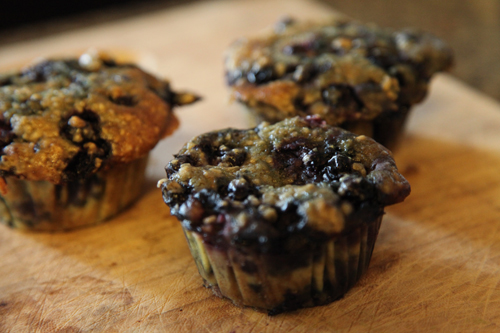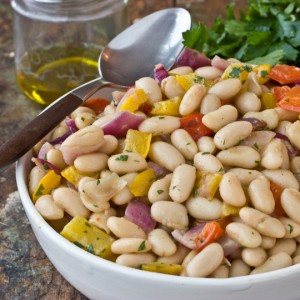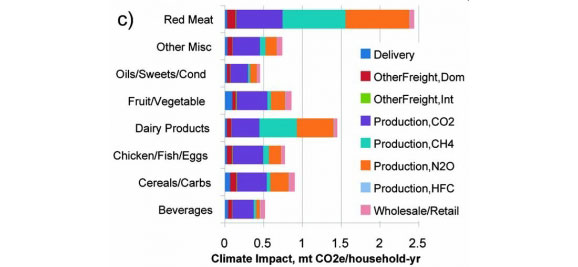A year ago, I took a trip to Thailand. It was a beautiful country full of amazing sights, friendly people and delicious but interesting food. From chicken feet to red ants with their eggs to duck mouths, much of the Thai food we encountered seemed quite adventurous.
So when I asked for a glass of milk, I was surprised by the response. Many of the Thai waiters and waitresses seemed repulsed by my request. This caused a good deal of introspection on my part, and - after careful consideration - I realized that it’s actually really strange that we drink the breast milk of cows. And moreover, why don’t we drink the mammary gland secretions from other animals like horses or even humans?
Milk is weird. Of course, just because milk is weird, it doesn’t mean that it’s unhealthy or that we shouldn’t drink it. So let’s dig deeper.
In a recent paper published in the Journal of the American Medical Association Pediatrics, Harvard professor David Ludwig questions the role of milk in our diets. Indeed, the government recommends three servings of milk per day to promote a healthy lifestyle - but is that really necessary, wise or even true?
It’s true that milk is rich in calcium, vitamin D and has some protein. But that’s not all you’re getting. Most people are surprised by the amount of sugar in milk. A cup of 1% milk, for example, has 13 grams of sugar. It’s not added sugar, but still sugar nonetheless. Most guidelines recommend no more than 40 - 50 grams of sugar per day, and three servings of skim milk would almost reach that limit. And we’ve all seen the link between sugary drinks and obesity demonstrated time and time again.
Ludwig also cites a lack of evidence that reduced fat milks are any less likely to result in weight gain or other health outcomes when compared to whole milk. In fact, Ludwig speculates that when individuals drink reduced fat milk, they feel less full - and then consume more calories in other food. For example, if you’re drinking a glass of whole milk, one cookie may be sufficient. But if you’re drinking a glass of reduced fat milk, you feel less satisfied and may reach for a second cookie.
Yes, milk has some important nutrients - but it’s also entirely possible to get those nutrients from other foods and without all that sugar. And there are plenty of delicious and rich non-dairy alternatives that can serve as healthier replacements to dairy milk.
Questioning what we eat is a good thing and it’s important to occasionally take a few steps back from our diet for examination. While milk may not be as unhealthy as cake, candy or a glass of Coca Cola, it’s also not necessarily the wisest nutritional choice.







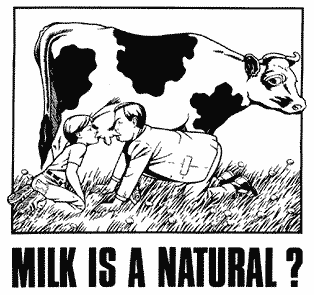
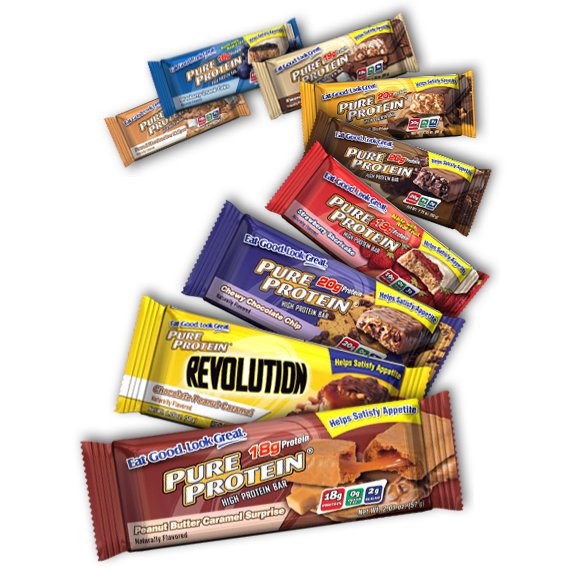
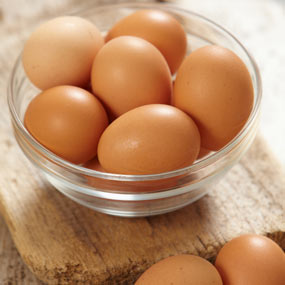 If you’re looking to upgrade your diet, one of the easiest ways to start is with a protein-rich breakfast - at least,
If you’re looking to upgrade your diet, one of the easiest ways to start is with a protein-rich breakfast - at least, 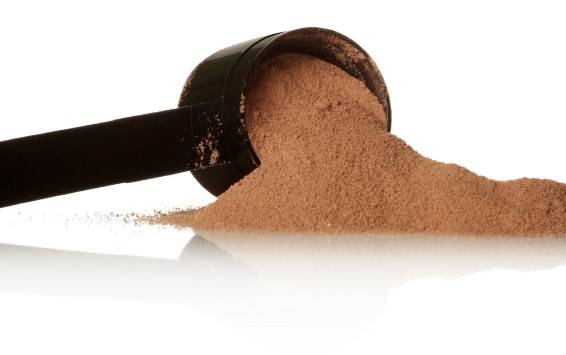 After you’ve finished a grueling workout, your body needs protein - and it needs it fast. When it comes to speed, nothing beats
After you’ve finished a grueling workout, your body needs protein - and it needs it fast. When it comes to speed, nothing beats 